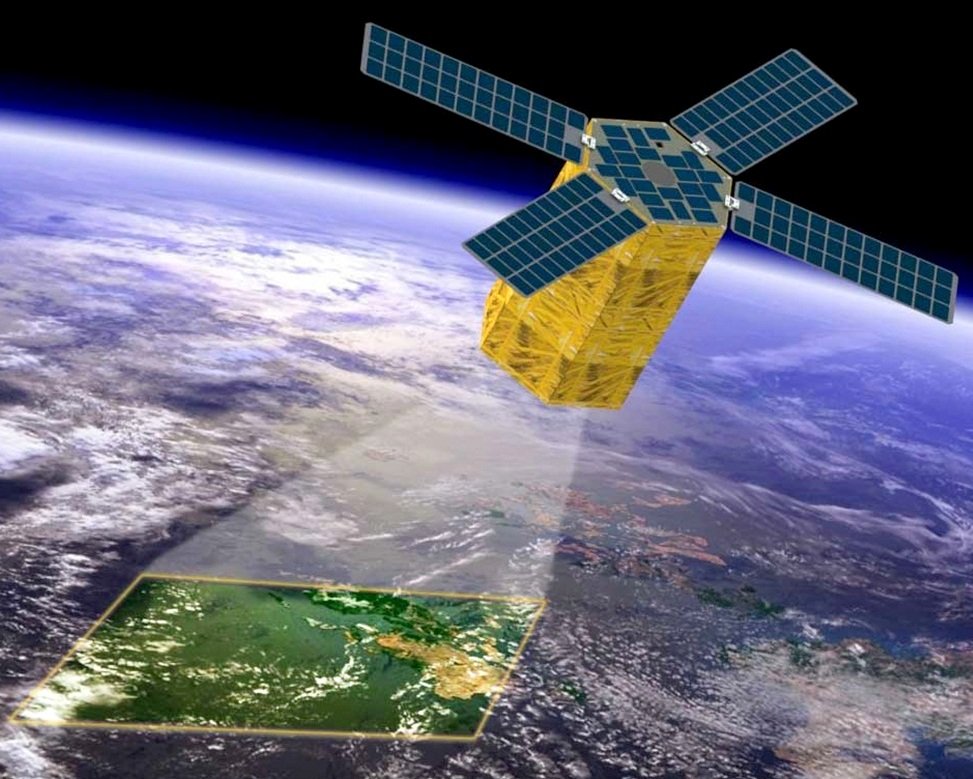
Ecological Monitoring
In connection with the increasing scale of anthropogenic impact on nature, the relevance of objective environmental monitoring is increasing. The use of satellite images in this case allows achieving full one-time coverage of the territory, and remote sensing methods make it possible to conduct an environmental assessment not only within individual observation points, but also at any selected site, regardless of its remoteness and transport accessibility.
Verifiability of remote sensing methods meets the requirements of existing environmental standards and regulations and allows to organize periodic observations of a territory with a wide variety of natural conditions and types of industrial activities.
Among the tasks of space environmental monitoring, solved in practice, one can name:
monitoring of existing authorized and illegal storage sites for solid domestic waste, industrial waste, identification of newly appeared landfills (within residential, industrial buildings, as well as in the buffer zones of the main settlements);
monitoring and mapping of the subsoil use infrastructure (open-pit mines, quarries, dumps, tailings);
study of the dynamics of negative processes in areas of mining (karst, subsidence of the earth's crust, flooding, waterlogging);
detection of unauthorized places for the extraction of local minerals;
identification and mapping of areas of soil pollution by sewage and industrial and agricultural waste;
monitoring of land degradation processes (erosion, salinization, waterlogging, overgrowth of agricultural land);
monitoring of water pollution;
information support for environmental planning and design;
monitoring of environmentally hazardous facilities (industrial enterprises, mining facilities, treatment facilities, energy and transport facilities);
detection of areas of oil and oil products spills in the areas of oil production and transportation;
identification of areas of degradation of forest ecosystems (burnt-out areas, dead forest stands, areas of windblows, areas of vegetation drying out, exposure to insects, etc.).















 Show on map
Show on map